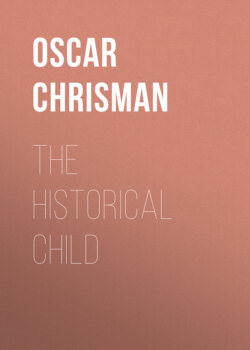Читать книгу The Historical Child - Oscar Chrisman - Страница 57
На сайте Литреса книга снята с продажи.
Rites.
ОглавлениеTable of Contents
The Hindu performed a great many rites. We are concerned here only with the domestic ceremonies. The most important of the Domestic Ceremonies were Marriage, ceremonies performed during pregnancy of wife, birth of child, first feeding of child, tonsure, initiation, and return from school on the completion of education.
In marriage there were many parts to the ceremony, all of which had to be rigorously observed. During pregnancy there were rites to secure conception, a rite to cause a male child to be born, rites to insure protection to the child in the womb, and sometime between the fourth and eighth month was the ceremony of the husband affectionately parting the wife's hair.
On the birth of a child a rite was performed and a secret name given to the child, known only to the parents. The child was weaned at eight months, at which time he was given his first solid food, and an appropriate ceremony went with it. At one year another rite was performed, at which time the child's head was shaved, leaving such hair as might be desired for its arrangement as was the custom of the family.
The ceremony of initiation, or the giving over of the boy to his teacher for education, was a very important affair, participated in by the boy and by his teacher. After he had finished his education, the student returned home, which was the occasion for another important ceremony, which was followed by his marriage and the student was then changed into a householder. At the time of the initiation, the triple cord or sacred thread, which was worn by the three upper castes, was bestowed upon the boy. The age of the boy differed at this time according to which caste he belonged, the Brahmin boy being initiated between 8 and 16, the Kshatriya between 11 and 22, and the Vaisya between 12 and 24.
